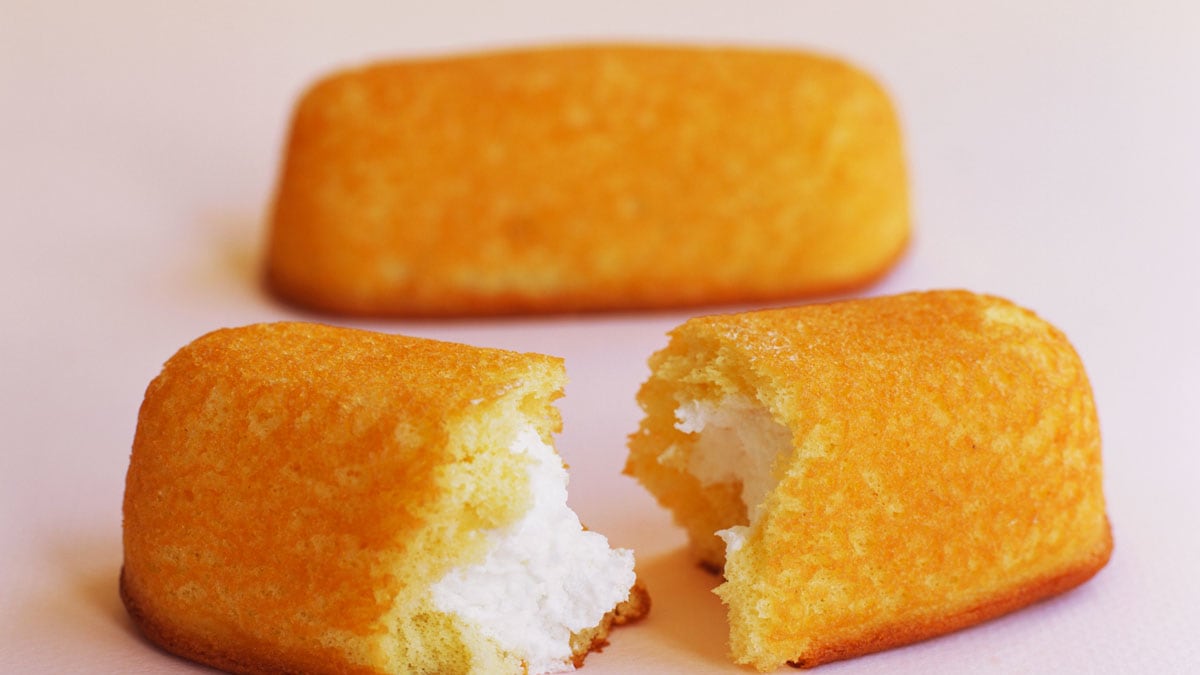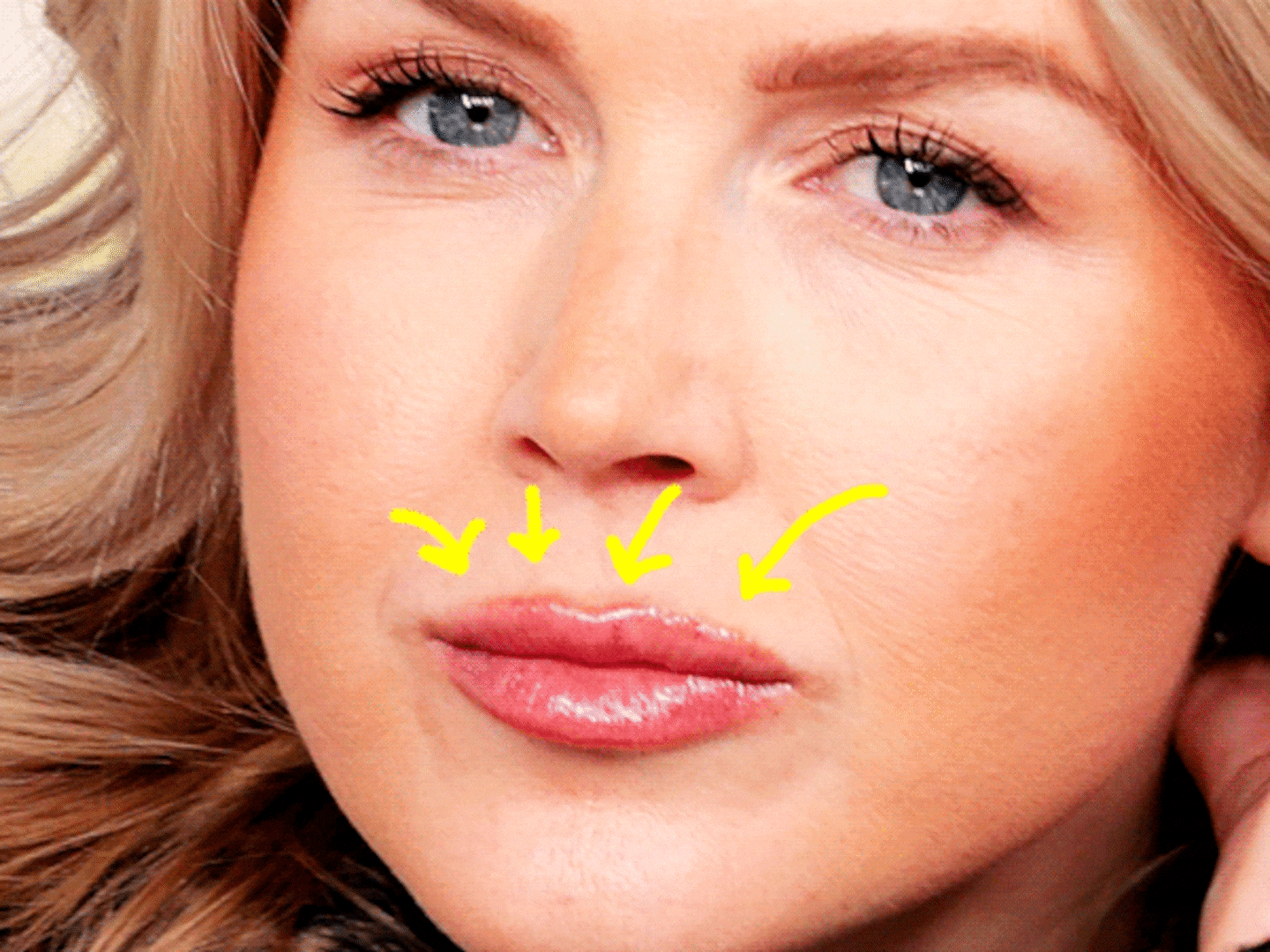For many Americans, upon hearing the news that Hostess filed for Chapter 11 bankruptcy protection last week, the first thought that likely crossed their minds was: are Twinkies in trouble? Or worse, could they disappear?
While we can all breathe a sigh of relief that our beloved sweet and oily treat will continue to be sold at a convenience store near you—Hostess says its recent troubles won’t affect distribution—a larger philosophical question has been marinating in my mind since the news broke.
Could it, perhaps, be time for the Twinkie to disappear?
We’ve seen iconic brands go extinct before—remember Pan Am? The cute little blond finger cakes, with their patriotic red, white, and blue logo, have become the beloved archetype of snack cakes, but also symbolic of junk food, obesity issues, and poor nutrition choices. And they’ve been selling by the tens of millions per year since 1930, when they were made with basic, whole ingredients. But what if the Twinkie ceased tempting us? While the point of Chapter 11 is to let Hostess keep on making cakes, should we celebrate if the company fails?
A few years ago, I explored how Twinkies’ 39 ingredients are made, and where they come from, for my book Twinkie, Deconstructed. Having heard the unsettling rumor that Twinkies boast an indefinite shelf life, as a science writer and former cook, I wanted to get to the bottom—the very bottom—of what’s inside the yellow “cakes.” My journey took me from phosphate mines in Idaho to gypsum mines in Oklahoma, from cornfields in Iowa to the vanilla harvest in Madagascar, and what I discovered boggled my mind.

Anyone who is serious about food or nutrition is quick to put Twinkies down as symbolic of the worst of the worst foods due to their empty, sugary calories and mysterious artificial ingredients—the epitome of processed foods. (Though, when they dis them, they also often confess to having loved them as kids.) Michael Pollan, author of In Defense of Food, told me recently, “A world without Twinkies would be a lesser place—we need them, if only to calibrate our scale of badness in food.”
Still, in researching my book, I was blown away by just how far removed the cakes are from nature. As I toured gargantuan factories, I learned that Twinkies contain 14 of the top 20 industrial chemicals made in the U.S., including phosphoric acid and ethylene (for baking powder and polysorbate 60, respectively). And I was struck by the extent to which producing the cakes—and all processed foods, for that matter—relies on petroleum, as the corn and soy products found in a Twinkie are grown, transported, and produced with the help of petroleum-based fertilizers, pesticides, and fuel. As petroleum becomes more expensive and scarce, our reliance on processed food, of course, becomes more problematic. I was also struck by how much we rely on China for this process, as many food chemicals, including much of our coloring, flavoring, and preservatives, are produced in that country today. True, Twinkies are only one, small product in a sea of processed foods, but they’re a product with a big industrial footprint.
I was also astounded by the scope of science-fiction-like chemical processes required for each seemingly simple cake. The white flour in a Twinkie is produced with explosive chlorine gas. Its sorbic acid is made from natural-gas products ethane and methane, catalyzed with palladium, and mixed at one point with carbon monoxide. And niacin, a basic vitamin in enriched flour, is the result of numerous chemical reactions involving ammonia, the flammable chemical acetaldehyde, and nitric acid, among other substances. While the reactions neutralize all these toxic chemicals, the lab work makes one think twice about ingesting the concoction.
And what of Twinkies’ nutritional value? The cakes are an icon of junk food not only because of their long ingredient list but also because most of the ingredients, especially refined grains with added sugars and fats, are found in all kinds of processed food products. I discovered that more than a dozen Twinkie ingredients contain both corn and soy—the poster children of the unhealthy Western diet. Then there’s the shortening, made from partially hydrogenated vegetable oil, which was full of harmful trans fats until 2007.
As with so many inexpensive, nutritionally void foods, Twinkies’ wide distribution, long shelf life (which the company officially caps at about 25 days), and advertising make it easier for lower-income consumers to indulge—to “consume a lot of extra calories with almost no effort,” says Susan Fisher, a nutrition professor at Meredith College. Even after witnessing in vivid detail how each cake is made, I can still appreciate its soft, moist, delicate texture. Yet nutritionists are uncertain—and wary—of artificial ingredients’ effects on our bodies, particularly on such important markers as triglyceride levels and thyroid function.
The truth is, whether we like it or not, there is a trend away from the symbolic Twinkie. We have more farmers’ markets in more places than ever before, more stores selling whole foods and health foods, and more organic food available than was conceivable just a decade ago, especially in chain supermarkets. In fact, organic-food retail sales have increased more than 20 percent each year in the last decade, according to the Institute of Food Technologists.
Indeed, if Twinkies were to disappear, their loss would symbolize a gain for our nutrition as a country and a blow against our sugar addiction. It might leave a sweet hole in our national psyche, at least for those of us of a certain age, but somehow I think we’d recover, and perhaps even replace them. For now, like the little cakes’ legendary shelf life, the brand lives on.






